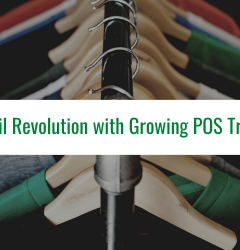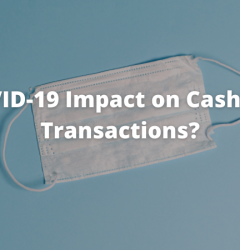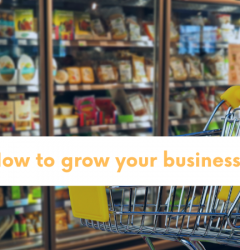01 Apr
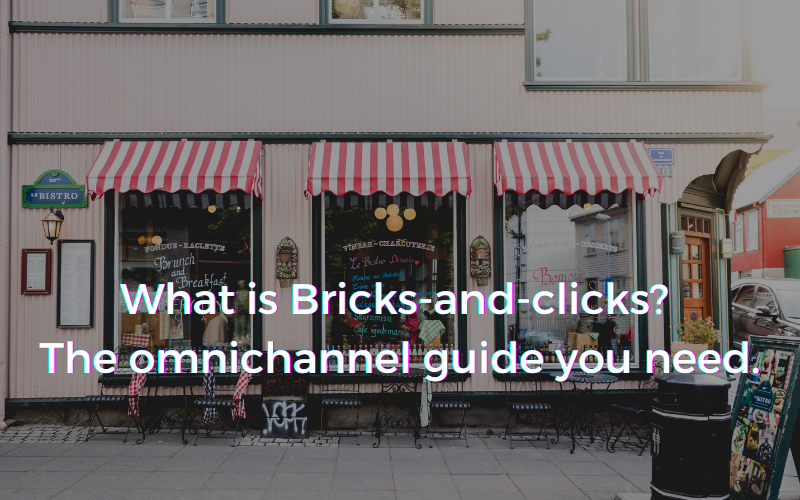
“Bricks-and-clicks: the latest trend to the retail industry.” This new buzzword has gained a lot of customers under its influence.
It looks the pandemic has drastically changed the customer’s shopping pattern. “Customer experience” is now mundane. However, “omnichannel” has become a way of living for retailers.
So, let’s start with understanding what does bricks-and-clicks actually means? And most importantly, why should you consider it? It could be the clash between driving away your opponents and shutting your gates for good.
What are bricks-and-clicks?
Bricks-and-clicks are a combination of brick-and-mortar and e-commerce shopping platforms. Bricks-and-clicks allow a business to exist both in-person and online.
Typically, customers can shop through “brick-and-mortar”, i.e., “Bricks”, as well as via online e-commerce platforms. therefore, “Clicks”.
‘Clicks’ refers to some sort of e-Commerce component that benefits the customers to look into the “Brick shop’s” inventory through their online platforms.
Bricks-and-clicks are often termed together nowadays. Often customers make purchases from retailers both through bricks and clicks. Therefore, the terms “Bricks-and-clicks” formed.
Moreover, despite using omnichannel, the business runs as a single entity, usually integrating each other in diplomatic and voluntary means. However, bricks-and-clicks are just another name for omnichannel business.
Running a bricks-and-clicks business requires an ideal POS System. A POS System helps an omnichannel business to operate on a single inventory, making online purchases and inventory counting easier.
BooksPOS lets you do everything you need to run an omnichannel or bricks-and-clicks business. Our software has a feature of unified inventory to operate your omnichannel business over a single inventory.
Why is it relevant to grow into a bricks-and-clicks retailer?
Because of the changing technologies and the COVID-19 effect, buyers have been drifting away from a definite track to shop often every year. As more and easier safe technologies are introducing into the customer’s shopping life, the retailers not adapting to the changes are led back into their business venture.
Therefore, to sustain the business in the market and stay relevant, the retail business will have to adapt to the changing shopping methods.
Now, it’s not enough to present your shop in-person locally. You need to adopt an omnichannel to sustain your business venture. In 2020, the US has experienced the first-ever drop in in-store sales in a time. Statista.com estimates the recording to $4.89 trillion, contrasted with $5.47 trillion the previous year. Yet, the in-store sales may be nearly three-quarters of 2020s total retail sales.
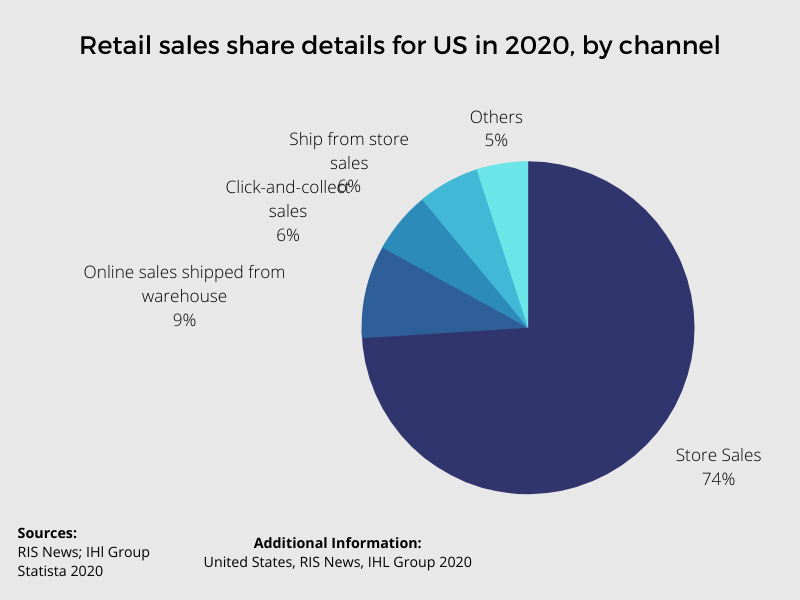
There are many bricks-and-clicks methods that in total account for up to 25% of the total retail sales. Buy online pick up in-store (BOPIS), and ship from the store are some of these methods. And eCommerce purchases remain to increase—resulting in an expected $3.74 trillion in 2020. In 2019, over three-quarters of Canadian vacation buyers who visited a shop had also explored the shop online or through a mobile app.
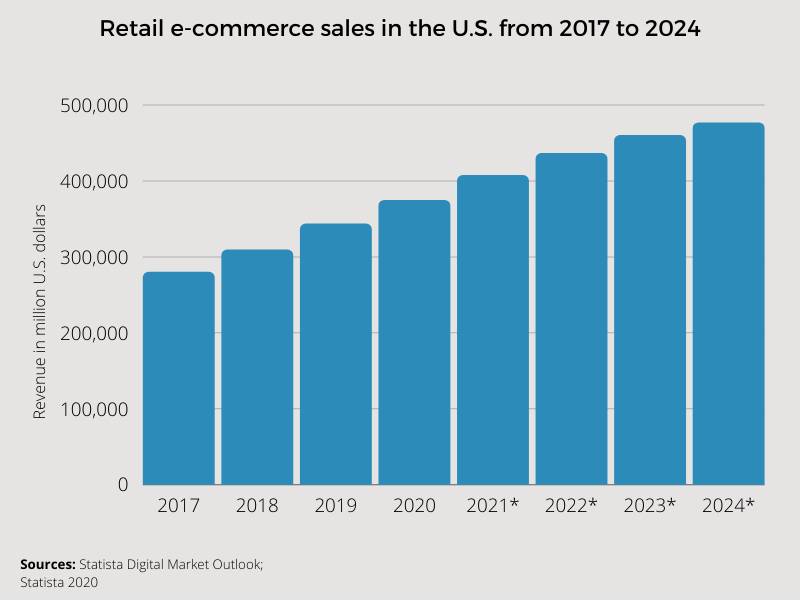
To continue a healthy business venture, even the standing and most running businesses are adapting to changes. They are also adopting the latest e-commerce measures.
Moreover, it’s now important than ever before because of the COVID-19 pandemic influencing every customer across the globe. The pandemic has created a sense of seriousness towards health and safety. Also, rapidly transforming government guidelines has made the retailers nimble in their day-to-day operations and other business models.
Therefore, in the current economy there prevails some norms for the retailers related to customers’ shopping experience such as curbside pickup, no-contact delivery, and hastened to ship.
However, online growth isn’t the main influencing factor in some areas. Though omnichannel is growing rapidly, traditional retail is still in its place. In Canada, 60% of 2019’s holiday buyers shopped offline, therefore, in store. The major reason behind this is that the customers can see the product in action in front of them. Though they have researched this online, the feeling they get seeing the product in person hits different. This makes them more confident about buying that product.
As a matter of customer buying experience, they also get some favour from additional benefits when a business brings in bricks-and-clicks. The customers get more buying choices – visiting the store on their fixed schedule in curbside pickup – or not at all in shipping to home.
Virtually, you reach purchasers where they’re at, and anytime you can diminish friction in the shopper journey is a gain for your bottom line.
However, retailers can use the online method as a pathway to knowing their customers better. For business retailers, using omnichannel adds an extra sheet of insights where you can know your customer and learn about their preferences. Generally, tracking your customers’ behaviour is easier in online mode when compared to in-store. Technology advancement is making everything simpler!
This lets you study things you weren’t able to do before. Moreover, if your web traffic is directing from a specific geographic location, this could proclaim setting up a new store in that location for your retail expansion.
How to become a bricks-and-clicks retailer?
Choose your channel (s)
To become a bricks-and-clicks retailer, you should first should the channels of operation. The offline channel is obvious for “brick”. However, there are several online channels you can choose from. And each comes each with its own array of considerations:
- Online-store: It is the most pronounced option; you can open your own branded e-commerce online store. There are many platforms that offer you online store opportunity. Some of the most popular is Shopify and WooCommerce, among others. You can also develop its mobile app to provide shoppers to purchase more conveniently from their phones.
- Social media: Social media is one of the best options for moving your bricks to clicks. Many social media platforms are no more than just an engagement and awareness-building tool. Facebook, Instagram, and many other social media platforms are developing an inbuilt commerce feature. During the period from 2017 to 2018, the estimate of retailers using social media platforms for commercial purpose mounted from 17% to 33%.
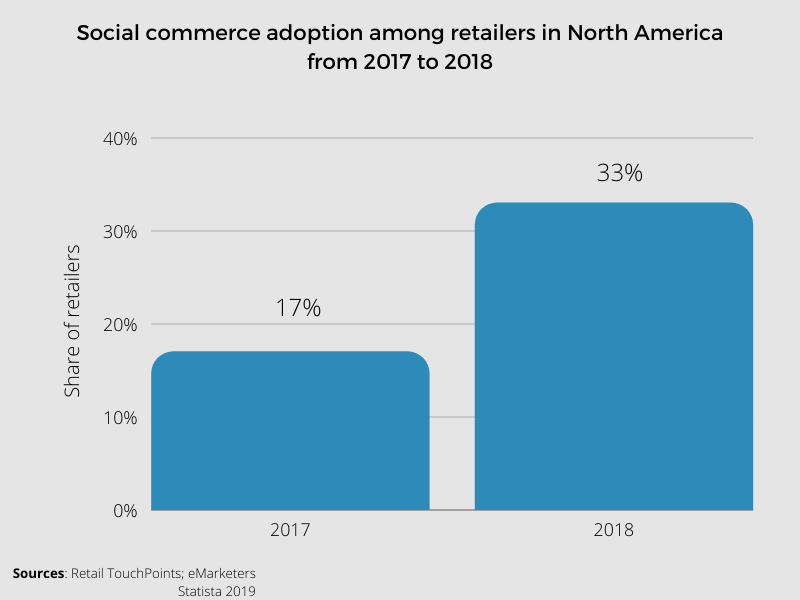
- Third-party marketplaces: Along with or beside your own online store or social commerce, you can use third-party e-commerce marketplaces to list your products. The benefit of using this method is that these marketplaces already have a good and loyal customer base. Therefore, it’s a reliable brand awareness strategy. There are several marketplaces you can consider such as Amazon, eBay, Walmart, Google Express, Houzz, Etsy, and more.
- Comparison shopping engines: These platforms function likewise to third-party marketplaces. The only difference is the buyer experience is more concentrated on direct product relations. You can look at your products on these platforms through Google Shopping, PriceGrabber, and Bing Shopping Campaigns.
While you choose the channels, you want to use to become a bricks-and-clicks retailer, always keep the customer as a priority. Think about your customers’ online shopping pattern. If you’re working in a Gen Z market, social media is the best way to go. However, if you have a limited mailing list and are seeking to bring in new customers from across the country, you might need to rely on a third-party marketplace or comparison shopping engine.
Set up your backend operations
After you’ve chosen the channel(s) that fits for your bricks-and-clicks growth, take a plunge to set up the plans. For newcomers, it’s very important that your tech stack operates simultaneously to form a reliable unified commerce business. Perhaps the major factor here is your inventory management.
Now, if you are selling in omnichannel – both online and in-store, there prevails a risk of selling the same item to any customer in-store, and another customer online at the same time. The question is, how will you decide who really gets the product?
These complex stock-outs results in costly issues for the retailers. The business not only loses the sale at the moment, but also loses its customers’ faith. This makes the customer look for an alternative among any of your competitors and become loyal to them.
Plus, the shoppers nowadays are getting savvier – they are shrewd and knowledgeable having common sense. They understand despite retail sizes, tech advancements empower every retailer – it doesn’t matter whether it’s small or large-sized. Therefore, they are seeking better experiences. According to Forbe’s research, 71% of the customers are willing to be able to access the store’s inventory levels online.
And consumers are getting savvier. They know tech can empower retailers of all sizes, so they’re demanding better experiences. In fact, 71% of consumers want to be able to check a store’s stock levels online.
Promote your e-commerce online channels
Simply starting and planning for your e-commerce growth isn’t the end for your bricks-and-clicks. Once you launch your online store or list on an e-commerce platform, you need to promote it. Promotion and retail marketing is key factors in the growth of your omnichannel business.
If your customers don’t know about your e-commerce platforms, what’s the benefit then?
Therefore, you will require promotion and other retail marketing tactics around your business to ensure both your new and existing customers know about it.
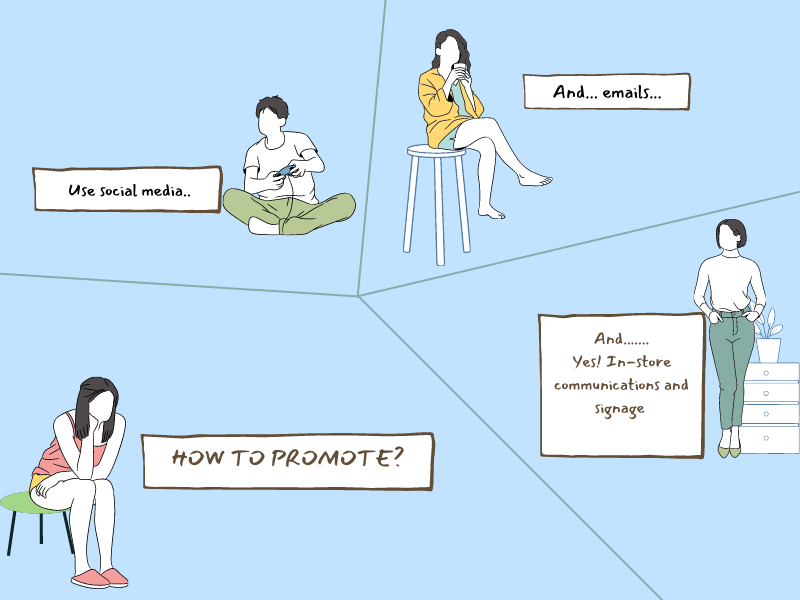
Here we have listed a few ways you can use to make your customers acknowledge:
- Social media
- In-store communications and signage (boards and hoardings)
- Direct mail
And to call upon new customers, you might need to delve into the following:
- SEO
- Influencer marketing
- Paid digital advertising
Evaluate the buyer experience
Bricks-and-clicks offer retailers deeper observations into their customers than an online- or offline-only business model. Digital and in-store data build a thorough view into the buyer experience as it happens in actual life—not just in warehouses.
Having a POS System that integrates with your website is a simple way to get the insights you require running a healthy retail business – now and in future as well.
BooksPOS offers you ready to use e-commerce platforms such as Woocommerce, and Shopify, and marketplaces like Amazon, and many more. Plus, using BooksPOS you can run your entire business – bricks-and-clicks on a single inventory.
Tips to become a successful bricks-and-clicks retailer
To be successful in being a bricks-and-clicks retailer, there are a few tips you can follow and keep in mind:
Make sure you are reaching it from an absolutely omnichannel perspective.
Bricks-and-clicks is not all only about owning an eCommerce site and a brick-and-mortar store. Both the channels require a strong connection. Your consumers only know one brand; therefore, it depends on you to synonymize all channels with consistent branding and experiences.
Consider your technologies arrangement and setup.
To avert logistical problems in your omnichannel retail business, you need to integrate your POS System with your eCommerce sites along with brick-and-mortar. When you are setting up your online items, you must ensure having a POS like BooksPOS in location. BooksPOS allows you seamless integration with your online sales channels over a single inventory.
Make it easy for customers to switch and shop.
Serve your customers with smooth bricks-and-clicks and meeting their demands and needs. Make it easy for them to move between different channels and shop.
POS Software for your bricks-and-clicks retail
Before you take a plunge into your eCommerce venture, it’s essential to make sure your brick-and-mortar areas are empowered with the tech and tools required to form an absolutely unified commerce experience. An ideal POS system like BooksPOS has many compatible eCommerce integrations, making it simple to drive your online and offline (omnichannel) retail businesses seamlessly.
BooksPOS –
Single Retail POS system for your Entire Business.
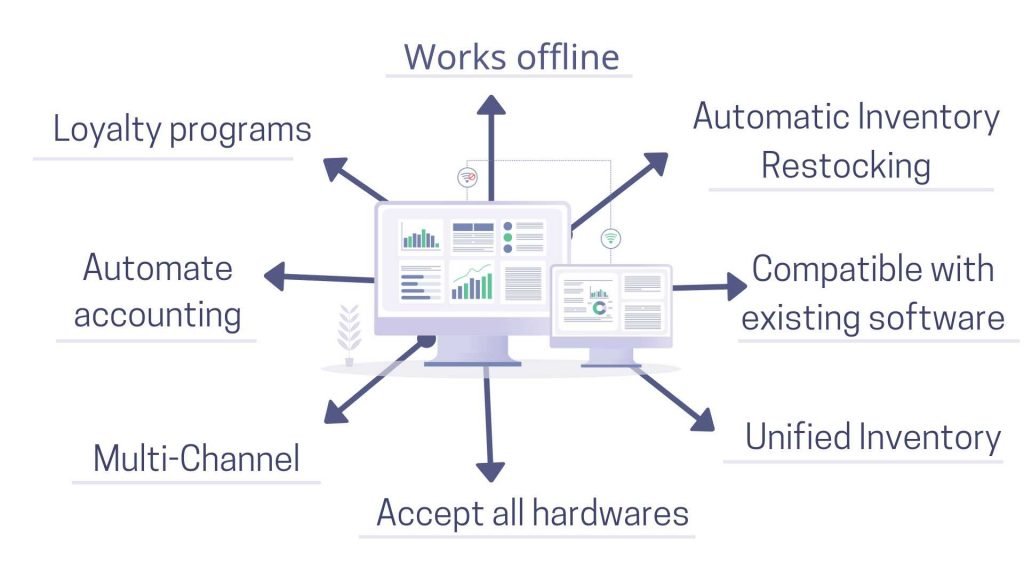
The BooksPOS system is easy-to-use and affordable as well. It allows you to manage all your operations in central, could-based software. Moreover, it provides you with semi-integrated secured P2PE (point-to-point encryption) payment options. BooksPOS offers you to run all your franchise stores seamlessly from any location.
BooksPOS is a fully integrate and compatible solution for your retail. No matter how big or small your business is, our system is compatible and has a solution to fit. It easily stands on your needs to the best above all.
Features BooksPOS offers
Our retail POS system offers you many beneficial features:
1. Unified Inventory
BooksPOS lets you sync your inventory and orders. It unifies inventory from across many marketplaces. It includes offline retailers as well as e-commerce websites. Certainly, it helps save your time spent on manual work.
2. Franchise Management
You can manage your franchise stores and bill them on MRP discounts or allow revenue sharing. Also, track your brand profitability in real-time on the sales at your stores.
3. Works Offline
BooksPOS never disappoints its customers when it comes to their fluency of work. You can continue your operations even when there is no internet. Our systems opt-in to offline mode and syncs data whenever the internet establishes.
4. Customer Loyalty
Compel your customer to return to your shops. Our software allows you to give redeemable loyalty points for shopping at your store. You can also create schemes for customers’ monthly shopping and visits.
5. Finance and Accounting
Save up to 50% of your time while we process your accounting, which involves both sales and purchases. You won’t need any extra accounting software with our software. We manage to generate tax reports and financial statements. BooksPOS manages your accounting and creates compliant journal entries automatically. It also generates automated delivery challans. You don’t have to worry about any inaccuracy or omission. Here, everything operates electronically, so there’s no chance of human error.
6. Integrations
Our inventory software is API friendly to the hilt. It integrates with your existing software for accounting, payments, shipping, and inventory management. It proves compatible with any existing software you have and syncs data with ease.
BooksPOS care for our customers and provide 24*7 continuity support. We have trained our team to reach out to you at any hour of the day. Further, help you build the features you need in your system.
